George Eustice says three new initiatives will help boost biodiversity. But how will it affect food production and farmers’ bottom lines?
Four years after Michael Gove first outlined plans for a system that rewarded farmers for “public goods”, Defra’s current incumbent George Eustice finally set out his vision for post-Brexit farming earlier this month.
In a speech at the Oxford Farming Conference on 6 January, the environment secretary revealed plans for Landscape Recovery and Local Nature Recovery Schemes that would play an “essential role” in boosting biodiversity across England.
Together with the Sustainable Farming Incentive (SFI) Eustice announced on 2 December, the three initiatives form the core of Defra’s new Environmental Land Management Schemes (ELMS) – the primary mechanism for distributing farm subsidies previously paid under the much-maligned EU Common Agriculture Policy (via Defra’s direct payment scheme), which based payments on the area of land used by farmers.
But the reforms, described as “the biggest changes to farming and land management in 50 years” by Eustice, are already facing criticism. There are concerns they could ultimately pose an existential threat to British food production.
So what exactly is he proposing, and why are so many people so concerned?
What we know about the key changes
Defra says the Landscape Recovery (LR) and Local Nature Recovery (LNR) schemes will halt the decline in species by 2030, bringing up to 60% of England’s agricultural soil under sustainable management by 2030, and restoring up to 300,000 hectares of wildlife habitat by 2042.
LR supports the introduction of methods such as rewilding and habitat restoration techniques such as woodland and wetland creation. Applications will soon open for the first wave of up to 15 pilot projects Defra says could alone deliver 10,000 hectares of restored habitats, and make carbon savings of 25-50 kilotonnes per year – the equivalent of taking up to 25,000 cars off the road.
Read more:
-
Commons committee slams government’s post-CAP farming plans
-
Sustainable farming incentives must be balanced against protecting UK industry
-
Forget Veganuary. Let’s talk about Regenuary and the power of regenerative farming
-
Pig private storage scheme extended to tackle animal backlog
Defra’s LNR scheme, meanwhile, will pay farmers for “locally targeted actions which make space for nature” on farms, such as creating wildlife habitat and planting trees.
Additionally, the SFI offers scaled payments to farmers for improvements across three initial standards – Arable and Horticultural Soils, Improved Grassland Soils, and Moorland and Rough Grazing. The Arable standard, for example, will pay £22-£40 per hectare for activities such as the testing of soil organic matter.
Defra says it will expand the SFI over time to include further standards to “deliver wider environmental outcomes”, such as improving hedgerows and combining trees or shrubs with crop and livestock farming.
Taken together, the schemes aim to provide farmers and land owners with “a broad range of voluntary options from which they can choose the best for their business”, it adds.
More than 3,000 farmers are already testing the new schemes.
What we don’t yet know
Quite a lot about how it will all be delivered. The Commons Public Accounts Committee channelled the frustrations of many in a scathing report about the plans earlier this month.
It accuses Defra of “blind optimism” over how it would deliver the schemes, with “no detail” about how environmental benefits will be brought about, nor how they will impact English farmers in productivity and financial terms. This comes despite the fact income from direct payments will be cut by more than half by 2024-25 and phased out entirely by 2028.
“We have known we were replacing the CAP since 2016 and still we see no clear plans, objectives or communications with those at the sharp end – farmers – in this multi-billion pound, radical overhaul of the way land is used and, more crucially, food is produced in this country,” said Committee deputy chair and Tory grandee Sir Geoffrey Clifton-Brown.
With the average farm in England making just £22,800 in net profit without subsidies, the fear is that many will go out of business if Defra gets the scheme’s delivery wrong, the report adds.
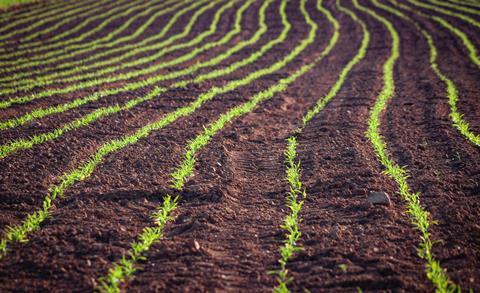
What do others make of the proposals?
The general principles behind encouraging more sustainable farming practices have been largely welcomed, with Linking Environment & Farming CEO Caroline Drummond describing the reforms as “an opportunity to be more experimental and focused” in improving biodiversity. The schemes, alongside Defra’s Agriculture and Environment Bills, plus its 25-year Environment Plan, are “about a commitment to building a more resilient countryside and food system”, she adds.
NFU vice president Tom Bradshaw agrees, adding it is a “once in a generation chance to evolve domestic policy to enable farmers to deliver even more, both through food production and environmental enhancement”.
So what’s the problem?
With so much at stake, it’s crucial Defra gets it right, says Drummond. And uncertainty around the schemes is already threatening to derail a smooth transition.
Farmers need more detail, and now, about how the ELMS schemes will affect food production and their bottom lines, in addition to reaching environmental goals, Bradshaw warns. “This lack of detail is preventing farmers from making crucial long-term decisions that are essential to them running viable and profitable businesses.”
Questions that need answers include what costs farmers will incur from participating in the new schemes, while there are also concerns around a lack of options for tenant farmers. Perhaps the biggest worry for farmers, however, is that it is now “clear” LR and LNR will not be sufficiently available to farmers over its initial rollout over the next three years – making it difficult to replace the falling income from existing direct payments as they are phased out.
How badly could this hit farmers in the pocket?
Given the lack of detail, the NFU says it is currently “impossible” to calculate the financial impact of the LR and LNR schemes. Farmers also need more information on the rollout of the SFI and accessibility, Bradshaw adds.
“This lack of detail is preventing farmers from making crucial long-term decisions that are essential to them running viable and profitable businesses”
His comments are echoed by Riverford Organic Farmers founder Guy Singh-Watson, who says patience with Defra is now “wearing thin”. Several like-minded but “commercially constrained” farmers have told him “they are actually delaying tree-planting due to fears they will either miss out on the yet-to-be-defined Defra funding”. And the “consequence of such incompetent governance” is to delay the “public goods” that are widely called for.
With so much uncertainty around the costs and benefits of the reforms, many farmers such as Fengrain chairman Paul Wilkinson have already decided not to participate in these voluntary schemes. “The new Defra approach is to micromanage the land. I doubt it will work,” he says. “My 1,000 acres is unlikely to participate. The one thing for sure is that food prices will rise due to yet another ill-thought out policy.”
How could self-sufficiency be affected?
In addition to the potential for prices to rise, the NFU’s Bradshaw is concerned ELMS “will result in reduced UK food production”, leading to the need to import more from countries with standards that would be illegal for our farmers”.
What does Defra need to do?
The NFU (and pretty much every other food sector body) insists it’s crucial Defra shares information on the financial impacts and eligibility of ELMS “as soon as possible”. It’s vital these schemes “incentivise sustainable food production, allow every farm business to be involved – including tenants and upland farm businesses – and pay farmers fairly for the costs they incur”, Bradshaw says.
Only this will allow ELMS to attract the participation the government needs “to deliver our collective environmental and net zero ambitions”.
With that in mind, the ball is now very much in Defra and George Eustice’s court.








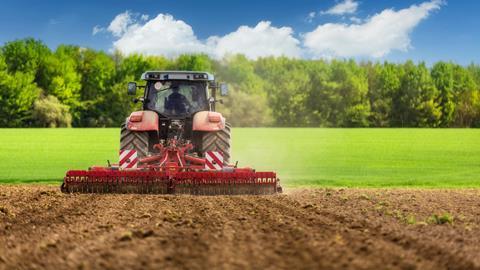




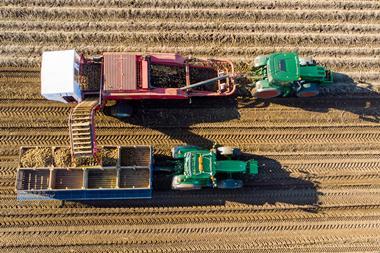

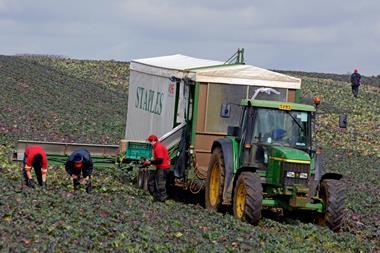
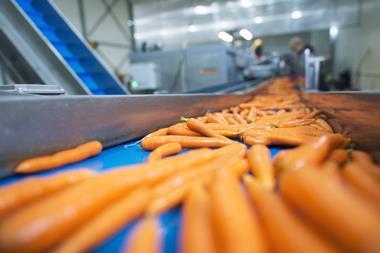
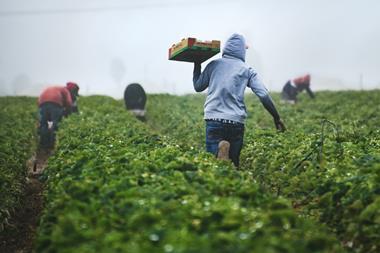
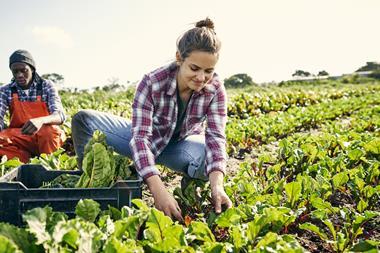






No comments yet